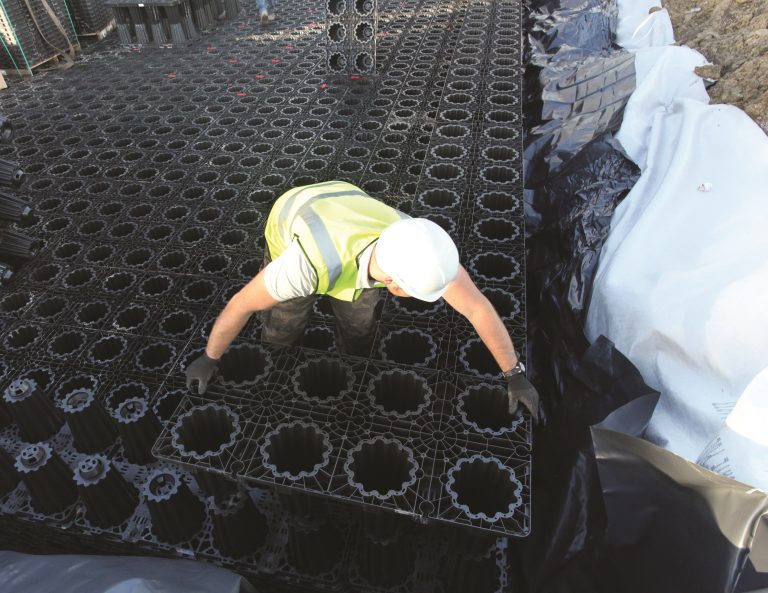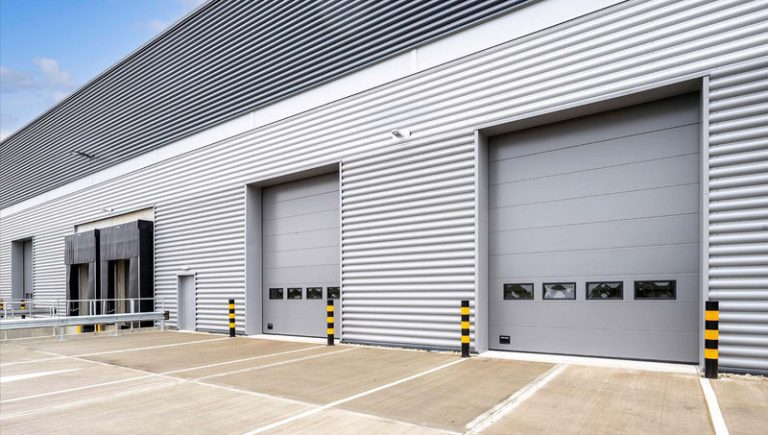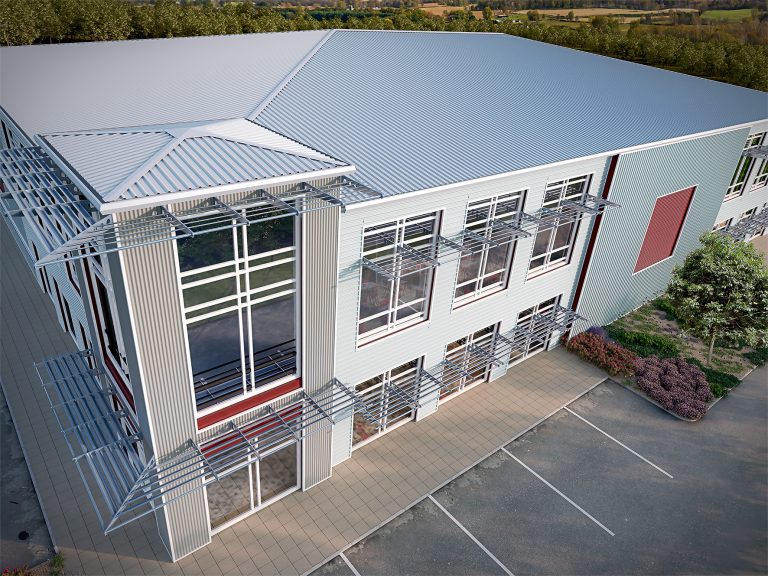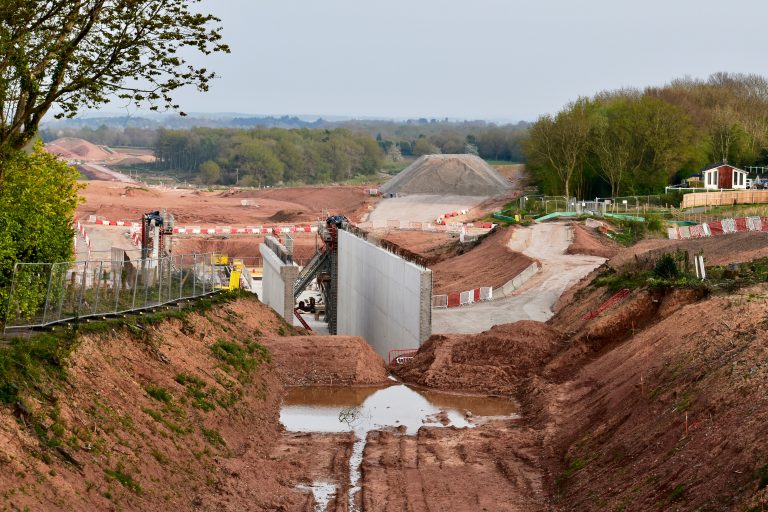BMI Redland have recently provided the roofing materials for the redevelopment of the Miller Court apartment complex in Romford, Essex. Made up of 13 apartments across two storeys, Romford’s Miller Court, was going through a vital regeneration project including the roof. With lead work that no longer met regulations and evidence of falling tiles on most elevations, the roof was nearing the end of its natural life. To protect the future of the cobblestone building, and the safety of the residents a total reroof was recommended. The building, which is owned by a private trust, had many historic repairs, evidence of falling tiles, little ventilation, and the lead work was no longer meeting industry regulations. In fact, considering the amount of work that needed to be completed, including replacing the eaves, ridges, and valleys and working around the red-brick chimneys, a repair would not have been enough for the roof that protects Miller Court’s residents. Russell Roofing were contracted to manage the new roofing project which had a budget of £150,000. This included managing the complexities of multiple elevations and drop-downs across four storeys, and low-level roof work including porches and bays. As with many projects, planning permission was needed for the reroof. When deciding what products were to be used, the local council had certain requirements that needed to be met so the team opted to use BMI Redland’s Rosemary Clay Classic tiles in Red, with Redland’s Dry Vent Ridge System, a new eaves ventilation system and vent tiles. THE CHALLENGE A 600 square metre challenge presents some complexities. The 600 square metre roof of Miller Court was made up of existing clay plain tiles that had been repaired multiple times over the years. The scope of the work involved renewing all the existing roof coverings, including the field area, eaves, ridges, verges, and valleys, as well as incorporating low-level work like porches and bays. Plus, with a variety of different building storeys (between one and four), there needed to be extra care taken throughout the planning and installation of the roof. Alongside, tenants were in residence throughout the replacement of the roof. Therefore, to avoid as much disruption as possible, the work would have to be done in phases. THE SOLUTION Minimal disruption through expert craftsmanship. The shape of the roof, and the details involved with the ridges, verge, and valleys, meant that there needed to be extra care and attention taken throughout the installation. For example, as a London based site, there needed to be a rigid delivery route set up. To reduce the disruption to the tenants living at Miller Court, the Russell Roofing team worked in small sections – completing each one before moving onto the next. To start, they needed to remove the existing covering and dispose of it, then moved onto the installation of the Rosemary Clay Classic tiles in Red to match the existing look of the building and the surrounding area. A Dry-Fix system was used to add ventilation to the project, while not impacting the overall finish of the roof. Contractor Quote: “Redland’s Rosemary tiles are market-leading products. Whenever we get the option of open spec for pitched roofs, we opt for Redland. Combination of good customer service, their quality products, and, more often than not, they are commercially viable as well. They tick all the boxes really.” – Frazer Simpson, Russell Roofing THE IMPACT Providing a full solution. As part of Russell Roofing’s commitment to developing young roofing talent, they had a variety of different teams working on site. These teams were made up of two to three individuals, one who was a full-time roofer with experience, and the other a labourer that was newer to the industry, looking to develop skills throughout the project, while ensuring a high-quality finish was maintained. Before Photograph of the old roof of Miller Court Details of the newly refurbished roof of Miller Court Details of the newly refurbished roof of Miller Court The Redland Rosemary Clay Classic tile made the perfect choice for the roof, in keeping with the local roofscape and satisfying planning permission requirements. The previous roof hadn’t been installed with any ventilation, so Russell Roofing have made sure the roof will be warm and dry for years to come. In focus: Rosemary Clay The Redland Rosemary Clay Classic plain tile has natural strength from the finest Etruria Marl clay. Rosemary is offered in a range of weathered, brindled, and single colours to achieve any look. Building, Design & Construction Magazine | The Choice of Industry Professionals














